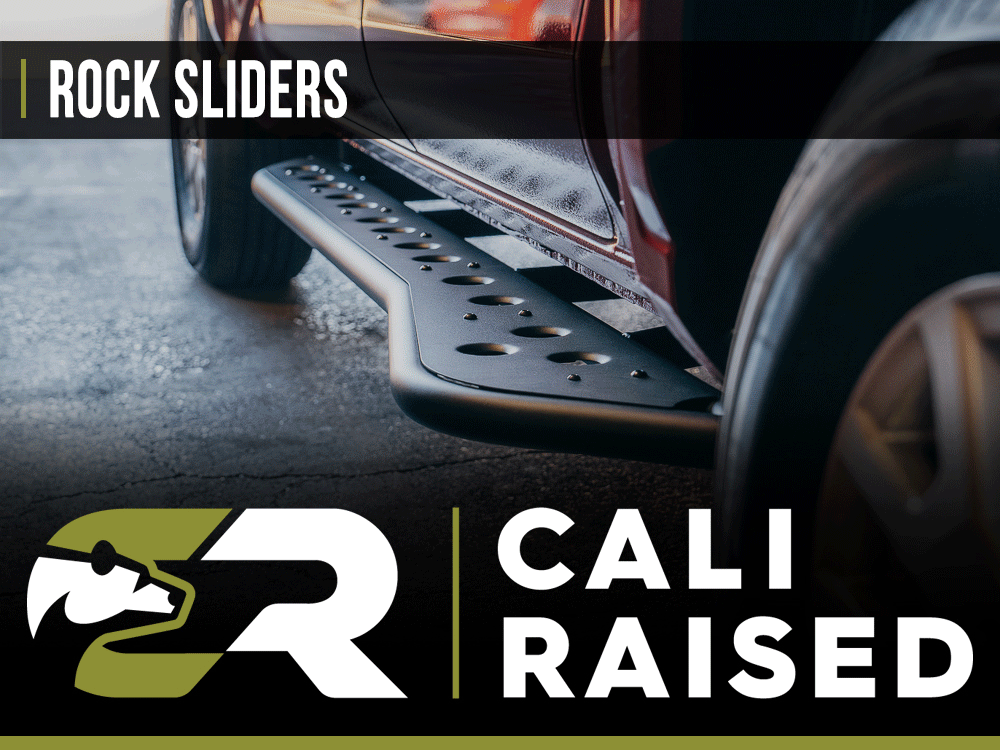- Joined
- Mar 26, 2024
- Messages
- 790
- Reaction score
- 533
- Location
- Sacramento, CA
- Website
- trail4runner.com
In the 2025+ Toyota 4Runner Hybrid (6th Gen), the 12V auxiliary battery is located in the rear cargo area, specifically on the driver side behind the driver-side rear tire. This placement is different from the gas-only models, where the 12V battery is located on the passenger side in the engine bay.
You have a couple of options for alligator clip placement and grounding purposes in the hybrid engine bay. These power and ground locations are suitable for jumping, compressors, and other 12V accessories.
Power (Positive Terminal) In Fuse Box:
The positive (+) terminal for jump starting is clearly shown and labeled in the engine bay fuse box on the passenger side. Pop off the fuse box cover, and you will see the red cover to the positive (+) terminal. Flip the red cover open and connect your alligator clips.
Ground (Negative Terminal #1):
Toyota specifies that the negative (-) jumper cable should be connected to the metallic point in the engine bay, not directly to the battery.
“Connect the clamp at the other end of the negative cable to the metallic point shown in the illustration on pages 608–609 of the Owner’s Manual” - pictured above and below in the Toyota owners manual diagram section.
The owner's manual also says:
- Unpainted metal surfaces: Areas such as bolts or brackets attached to the chassis can serve as grounding points.
- Existing ground straps: These are often found connecting the engine block to the chassis and can be utilized for grounding.
Ground (Negative Terminal #2):
If, for some reason, your jumper cables or your 12V accessory alligator clips do not reach the metal clip, you can use any unpainted metal surfaces like bolts or brackets attached to the chassis, which serve as solid grounding points. There are 12mm bolts along the inner fender wall in the engine bay a larger 17mm chassis ground bolt under the air intake inlet cover. Remove the air intake inlet cover, and you will see a big black bolt that will provide another suitable ground. This might be a good option if you have large alligator clips that won't bite the small 12mm bolts.
Power and Ground Location Diagrams from Toyota:
Last edited:











